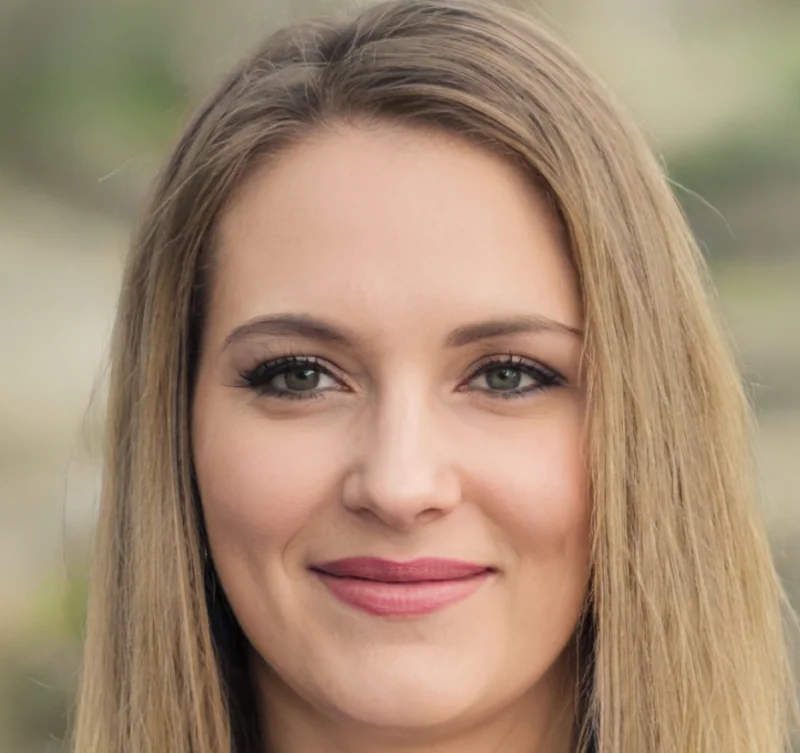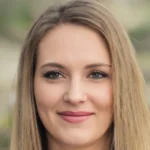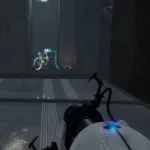
Share Post:
Choosing the right school is one of the most impactful decisions parents make for their children.
In Toronto, families are often faced with the choice between public and private education, each offering distinct advantages.
Public schools are widely accessible and funded by the government, while private schools require tuition fees but often provide specialized programs and additional resources.
A closer look at curriculum, class sizes, extracurricular opportunities, costs, admission processes, specialized tracks, social environments, and post-secondary preparation helps families make informed decisions.
1. Curriculum and Academic Outcomes
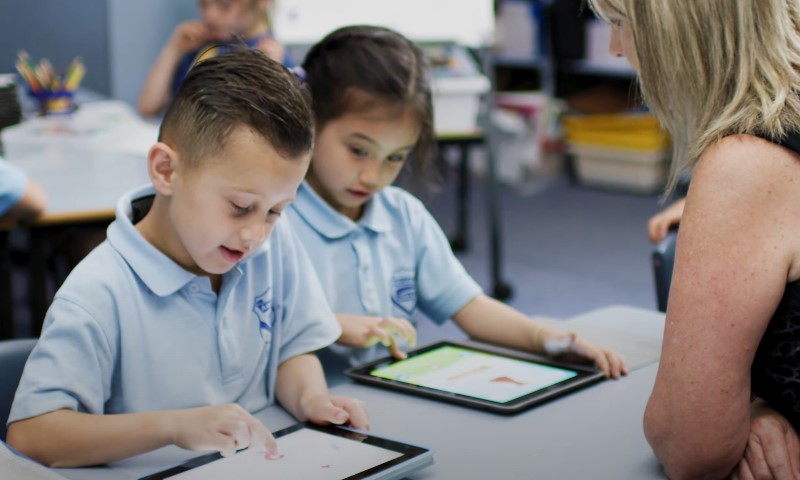
Curriculum is often the first factor parents look at when comparing public and private schools in Toronto. Public institutions follow a standardized provincial program mandated by the Ontario Ministry of Education.
Such a system ensures consistency in what students learn across the city and provides equal benchmarks for progress. In public schools, assessments are a major component of this structure.
Standardized tests like EQAO in elementary years and the OSSLT literacy test in high school serve to measure proficiency across core subjects and guarantee that all learners are meeting provincial expectations.
Public schools also offer some enhanced learning options, though access may depend on location, demand, and funding.
Certain secondary schools provide International Baccalaureate programs or Advanced Placement courses, but availability is limited.
As a result, families sometimes find themselves competing for spots in schools with enriched academic tracks.
Still, many parents appreciate the accountability provided by uniform standards across the system.
To summarize, public schools generally provide:
- A standardized provincial curriculum across all grades
- Mandatory assessments such as EQAO and OSSLT
- Limited access to IB or AP programs depending on funding and location
Private schools, in contrast, operate with much more flexibility in designing educational pathways.
Independent institutions are not bound to follow the provincial curriculum in every detail, which allows them to introduce a wide range of specialized programs.
Many private schools in Toronto promote university-preparatory approaches with rigorous academics, intensive courses, and highly personalized support.
For example, some institutions design bilingual or multilingual programs to give students an edge in global education, while others emphasize STEM-focused learning with state-of-the-art labs and advanced technology.
Families who choose private education often do so because of the ability to tailor learning to a child’s needs and aspirations.
Schools may provide individualized support in academics and extracurriculars, preparing students for admission to selective universities.
Toronto offers strong examples of such institutions: Upper Canada College, recognized for leadership development alongside academics, and Bishop Strachan School, known for preparing students for elite post-secondary opportunities.
For families researching private school options, platforms like Our Kids offer detailed comparisons, reviews, and insights to support informed decision-making.
In short, private schools often provide:
- Flexible academic programming with IB, AP, or STEM pathways
- Options for bilingual and specialized education tracks
- Emphasis on university preparation and career-focused learning
- Highly personalized student support and mentorship
2. Class Size and Student-Teacher Ratio
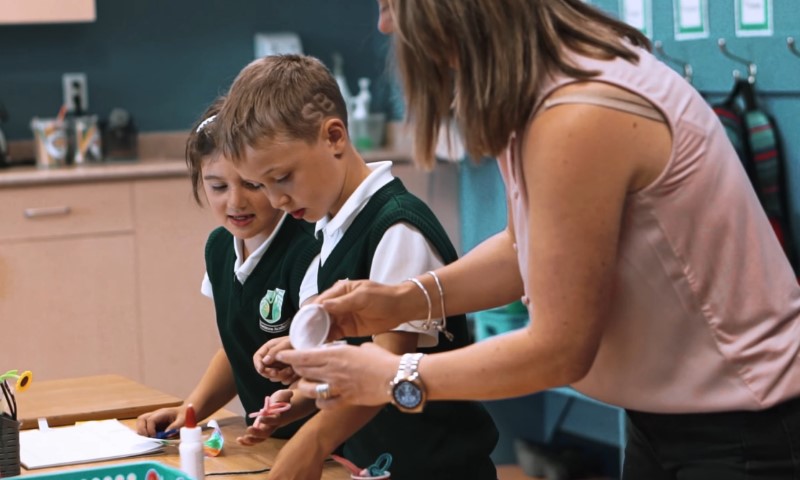
Class size plays a central role in shaping the daily learning experience of students.
In Toronto’s public schools, classrooms often contain large groups, sometimes reaching between 30 and 35 students.
With such numbers, teachers must divide their attention among many learners, making it harder to provide consistent one-on-one support.
Students who require extra help frequently rely on after-school programs, tutoring, or parental assistance.
Teachers remain dedicated, but large classroom sizes mean they often focus on general instruction rather than tailoring lessons to individual needs.
Key features of public school class sizes include:
- Average classroom size in urban areas: 30–35 students
- Limited opportunities for individualized instruction during class
- Strong reliance on teacher adaptability and student independence
Private schools take a different approach by maintaining significantly smaller classes.
With average groups of 15 to 18 students, teachers can engage more directly with each child, ensuring questions are answered and academic progress is closely monitored.
Smaller ratios create an environment where students feel comfortable contributing in discussions, taking intellectual risks, and seeking clarification.
In many cases, these settings also foster stronger peer relationships, since students work in tight-knit groups.
Private school class dynamics typically include:
- Smaller classrooms averaging 15–18 students
- Greater opportunities for personalized attention and academic feedback
- Stronger teacher-student relationships due to consistent interaction
Parents evaluating this factor often prioritize how much direct engagement their child will receive on a daily basis. While large public classrooms build resilience and independence, smaller private school groups allow for highly customized teaching.
3. Extracurricular Activities & Facilities
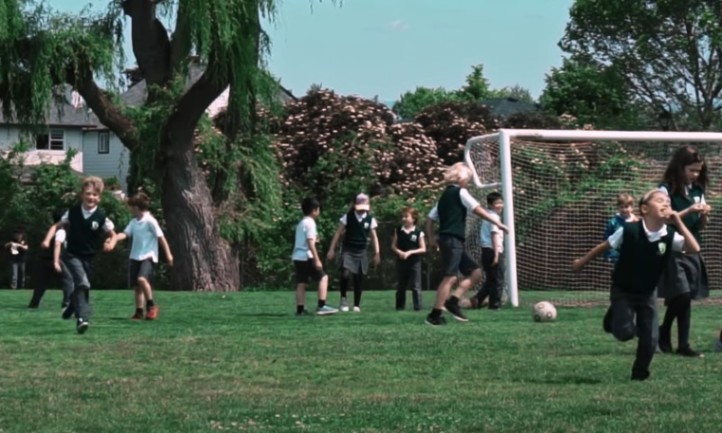
Extracurricular opportunities and access to facilities often play a decisive role in shaping a student’s overall school experience.
Public schools in Toronto provide a range of activities such as sports teams, drama clubs, and music programs.
However, the availability and quality of these programs vary considerably, as they depend heavily on funding levels, teacher involvement, and community support.
Students may have access to gyms, playing fields, and multipurpose rooms, yet these spaces are often shared across many groups.
Participation can be rewarding, but the scope of programs may feel limited compared to private institutions.
Typical features of public school extracurriculars include:
- Standard sports teams such as soccer, basketball, and volleyball
- Arts and music clubs that operate with limited resources
- Facilities that generally include gyms and outdoor fields, but fewer specialized spaces
Private schools in Toronto frequently expand extracurricular offerings far beyond basic options.
Many institutions design programs that reflect their philosophy of holistic education, providing opportunities for students to excel in athletics, arts, leadership, and innovation.
Facilities are often on par with professional standards, featuring state-of-the-art theatres, competitive-level sports arenas, Olympic-sized swimming pools, and advanced science or robotics labs.
- Hallmark features of private school extracurriculars include:
- Wide range of competitive sports, performing arts, and niche clubs
- Access to professional-quality facilities such as theatres and sports complexes
- Opportunities for leadership development and skill-building outside the classroom
Examples in Toronto: Upper Canada College for elite athletics, Trafalgar Castle School for drama and arts
4. Costs, Funding & Accessibility
Cost is often the most visible distinction between public and private schools in Toronto.
Public education is fully funded through government taxation, meaning residents do not pay tuition.
Children are generally placed in schools within their neighborhood catchment area, ensuring every family has access to an education regardless of financial situation.
While tuition is free, families may still encounter minor costs, such as voluntary contributions for school trips, extracurricular fees, or supplies.
For many, the affordability and accessibility of public schools are deciding factors.
Main points of public school funding and access include:
- No tuition costs for Ontario residents
- Placement determined by geographic catchment area
- Supplemental fees for extracurricular activities or field trips
Private schools, in contrast, operate on a tuition-based system.
Families may pay anywhere from $10,000 to over $40,000 annually, with additional costs for boarding, uniforms, textbooks, and optional programs.
Although the expenses can be significant, many institutions offer scholarships or financial aid to help offset the burden for qualifying families.
Unlike public schools, admission is not restricted by location, giving parents flexibility to choose based on a school’s philosophy, curriculum, and extracurricular strengths.
Distinct features of private school costs and access include:
- Tuition typically ranging between $10,000 and $40,000 per year
- Additional expenses for uniforms, boarding, and special activities
- Availability of scholarships and financial aid in select schools
- No geographic restrictions on enrollment
5. Admission Process
Enrollment procedures vary greatly between public and private schools in Toronto, shaping how accessible each option feels to families.
Public schools operate with an open admission model designed to serve local communities.
Families typically need only basic documents such as proof of residence, vaccination records, and identification to register their children.
Placement is determined by catchment area, so children usually attend the school closest to their home.
For specialized programs like French immersion, arts academies, or IB tracks, additional applications may be required, but the general process is straightforward.
Core aspects of public school admissions include:
- Open enrollment for children living in the local catchment
- Required documentation such as residence proof and health records
- Separate applications only for select programs like IB or French immersion
Private schools follow a more selective and competitive process.
Applications often require multiple steps, including:
- Academic testing
- Interviews
- Personal essays
- Recommendation letters
Many schools establish firm deadlines months before the academic year begins, and space is limited.
Boarding options for international students add further layers, such as visa applications and residential agreements.
Parents exploring this route are encouraged to attend school expos, open houses, and admission information sessions to better understand expectations.
Distinct aspects of private school admissions include:
- Entrance exams and interviews to assess student readiness
- Submission of recommendations and application essays
- Limited spaces, requiring applications well in advance
- Boarding options with additional requirements for international students
6. Specialized Programs
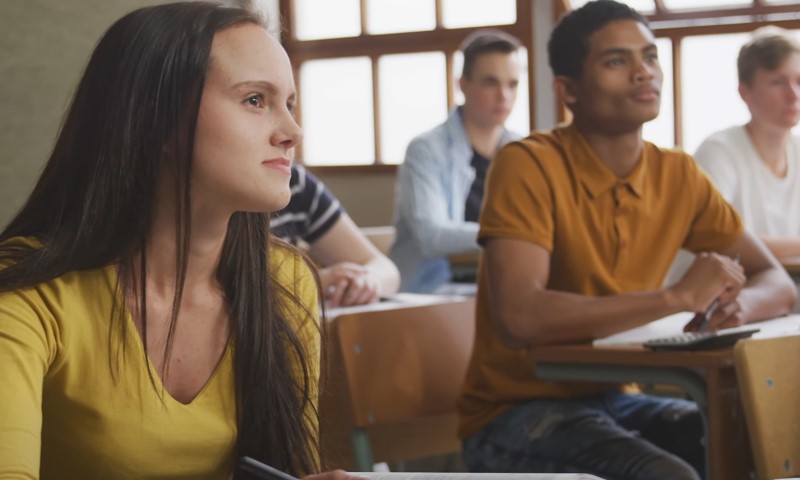
Specialized programs can play a major role in shaping a student’s educational path, and they often influence how parents decide between public and private schools in Toronto.
Public schools occasionally provide enriched opportunities such as International Baccalaureate, Advanced Placement, French immersion, or arts-focused academies.
However, availability is uneven, with only certain schools able to offer these options.
Access often involves competitive applications and waiting lists, since spots are limited.
Public institutions must balance resources across large student populations, which makes it challenging to provide specialized tracks at every location.
Common specialized offerings in public schools include:
- International Baccalaureate programs in select secondary schools
- Advanced Placement courses, often limited in number
- French immersion starting in elementary grades
- Arts or athletics intensives in schools with additional funding
Private schools are known for making specialized programming central to their identity.
Independent institutions can design pathways tailored to student goals, ranging from intensive STEM training to language immersion or Montessori approaches.
Many private schools integrate these programs into their core curriculum, rather than offering them as optional add-ons.
Such schools also provide dedicated support services, such as academic mentors or university counselors, to help students excel in their chosen tracks.
Distinct specialized options in private schools often include:
- Full International Baccalaureate or Advanced Placement streams
- Montessori or alternative education philosophies
- Bilingual or multilingual immersion program
- Intensive focus on athletics, music, theatre, or fine arts
- University-preparatory services tied directly to academic pathways
The Bottom Line
Parents choosing between public and private schools in Toronto face a decision shaped by academic goals, financial considerations, and personal values.
Public schools offer accessibility, broad cultural representation, and standardized education, while private schools provide specialized programs, smaller class sizes, and advanced university preparation.
No single option is ideal for every child.
Visiting schools, asking questions, and involving children in the decision process ensures families select the environment best suited for long-term growth.
Related Posts:
- Should Schools Stop Giving Homework? A New Debate…
- Helping Kids Conquer Math Anxiety – Practical Tips…
- What Are the Acronyms Used in Math? - A Beginner's Guide
- Complete Guide to Teaching Math with Base 10 Blocks…
- Mastering Squaring - A Step-by-Step Guide to…
- How to Tackle Vectors in Math - A Beginner’s Guide…
